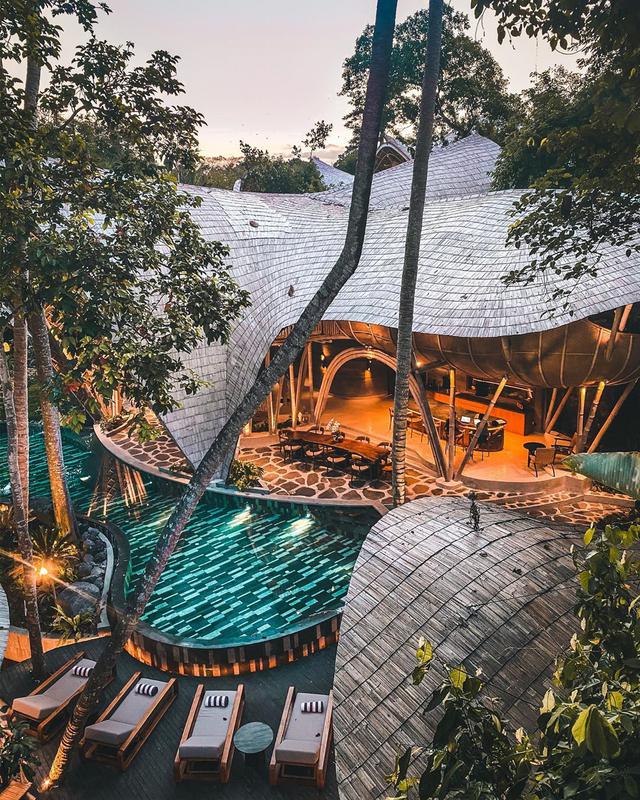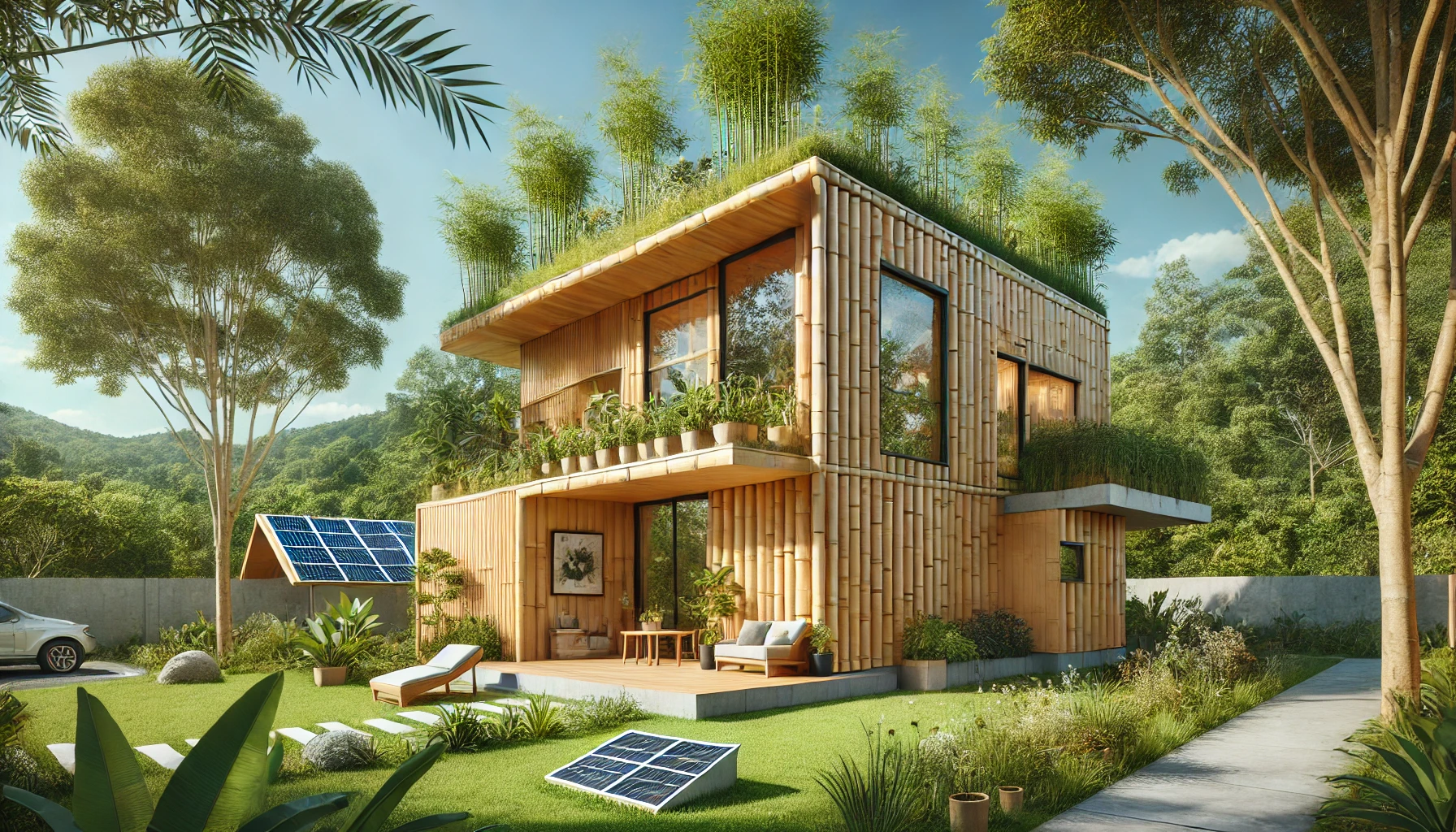As the world becomes increasingly aware of the environmental impacts of construction, the demand for sustainable building materials is on the rise. Architects, builders, and homeowners are now more than ever committed to finding eco-friendly alternatives that not only reduce their carbon footprint but also contribute to a healthier planet. One material that has garnered significant attention in this green revolution is laminated bamboo lumber. Known for its strength, durability, and sustainability, laminated bamboo lumber is quickly becoming a preferred choice in both residential and commercial construction projects.
In this blog post, we will delve into the environmental impact of choosing laminated bamboo lumber for your building projects. We’ll start by exploring what laminated bamboo lumber is and how it compares to traditional wood materials. Then, we’ll discuss the environmental benefits of bamboo as a raw material, its sustainability aspects, and the economic and social advantages it brings. Finally, we’ll look at real-world applications, potential challenges, and the future of bamboo in construction.
By the end of this post, you’ll have a comprehensive understanding of why laminated bamboo lumber is an excellent choice for eco-conscious builders and homeowners.
Understanding Laminated Bamboo Lumber

Laminated bamboo lumber is a composite material made from thin layers of bamboo that are glued together under high pressure. This process creates a strong, durable, and versatile building material that can be used in various construction applications. Unlike traditional wood, bamboo grows rapidly and can be harvested sustainably, making it an excellent alternative for environmentally conscious builders.
Bamboo’s natural properties make it a standout material. It has a higher tensile strength than many steel alloys and a higher compressive strength than concrete. This makes laminated bamboo lumber not only eco-friendly but also highly durable and suitable for a wide range of uses, from flooring and cabinetry to structural beams and furniture.
Environmental Benefits of Bamboo

Bamboo is one of the fastest-growing plants on Earth, with some species capable of growing up to three feet in just 24 hours. This rapid growth rate allows for frequent harvesting, often without the need for replanting, as bamboo regenerates from its roots. Unlike traditional timber, which can take decades to mature, bamboo can be harvested every 3-5 years, making it a highly renewable resource.
In addition to its rapid growth, bamboo requires minimal agricultural inputs. It thrives without the need for pesticides and fertilizers, reducing the chemical load on the environment. Bamboo also plays a crucial role in carbon sequestration, absorbing more carbon dioxide and releasing more oxygen than an equivalent stand of trees. Its extensive root system helps prevent soil erosion and improves soil health, contributing to a more resilient ecosystem.
Sustainability of Laminated Bamboo Lumber
The sustainability of laminated bamboo lumber extends beyond its raw material benefits. The production process of laminated bamboo lumber is energy-efficient and generates less waste compared to traditional lumber processing. The adhesives used in lamination are often low in volatile organic compounds (VOCs), further minimizing the environmental impact.
Lifecycle analysis of laminated bamboo lumber shows a lower carbon footprint compared to conventional building materials. Bamboo products are durable and long-lasting, reducing the need for frequent replacements and repairs. At the end of their lifecycle, bamboo products can be recycled or biodegraded, ensuring minimal environmental impact. This closed-loop approach makes laminated bamboo lumber a truly sustainable building material.
Economic and Social Benefits

Choosing laminated bamboo lumber is not only an environmentally responsible decision but also an economically advantageous one. Bamboo products are often cost-competitive with traditional hardwoods, providing a cost-effective solution for sustainable building projects. The rapid growth and high yield of bamboo contribute to its affordability, making it accessible for a wide range of applications.
The bamboo industry also has significant social benefits. It creates jobs in bamboo farming, processing, and manufacturing, particularly in rural areas where economic opportunities may be limited. By supporting bamboo cultivation, we contribute to the economic development of local communities in bamboo-growing regions, fostering sustainable livelihoods and promoting social equity.
Case Studies and Real-World Applications

Numerous projects worldwide have successfully utilized laminated bamboo lumber, showcasing its versatility and performance. For instance, the Eco-friendly Bamboo House in Bali demonstrates the potential of bamboo as a primary construction material. This project highlights bamboo’s strength, flexibility, and aesthetic appeal, creating a structure that is both beautiful and sustainable.
In commercial applications, laminated bamboo lumber has been used in the construction of office buildings, schools, and public spaces. The environmentally friendly office building in Stuttgart, Germany, features bamboo flooring and structural elements, reducing the building’s carbon footprint and providing a healthy indoor environment. Builders and architects involved in these projects have praised bamboo’s ease of use, durability, and sustainability, reinforcing its suitability for a wide range of construction needs.
Challenges and Considerations
Despite its many benefits, using laminated bamboo lumber does come with some challenges. One significant issue is the availability and consistent quality of bamboo products. Ensuring a reliable supply chain and meeting quality standards can be challenging, particularly in regions where bamboo is not a traditional building material.
Quality control and certification are also critical considerations. Builders must ensure that the laminated bamboo lumber they use meets industry standards for strength, durability, and safety. Additionally, while bamboo performs well in many climates, it may require additional treatment or protection in extreme conditions, such as high humidity or direct exposure to sunlight.
Future of Bamboo in Construction

The future of bamboo in construction looks promising, with ongoing innovations and growing market demand for sustainable materials. Advances in bamboo processing technology are enhancing the material’s properties, making it even more versatile and durable. Research and development are focused on improving the performance of bamboo products and expanding their applications in the construction industry.
As awareness of environmental issues continues to rise, the demand for eco-friendly building materials like laminated bamboo lumber is expected to increase. Regulatory support and incentives for sustainable construction practices will further drive the adoption of bamboo and other renewable materials. The combination of technological advancements, market demand, and regulatory support positions bamboo as a key player in the future of sustainable construction.
Conclusion
Laminated bamboo lumber offers a multitude of environmental, economic, and social benefits, making it an excellent choice for sustainable building projects. Its rapid growth, minimal environmental impact, and durability make it a superior alternative to traditional wood. By choosing laminated bamboo lumber, builders and homeowners can significantly reduce their carbon footprint, support local economies, and contribute to a healthier planet.
We encourage you to consider laminated bamboo lumber for your next construction project. Explore the range of bamboo products available from Coastal Custom Products, request samples, or contact us for more information. Together, we can build a more sustainable future, one project at a time.



